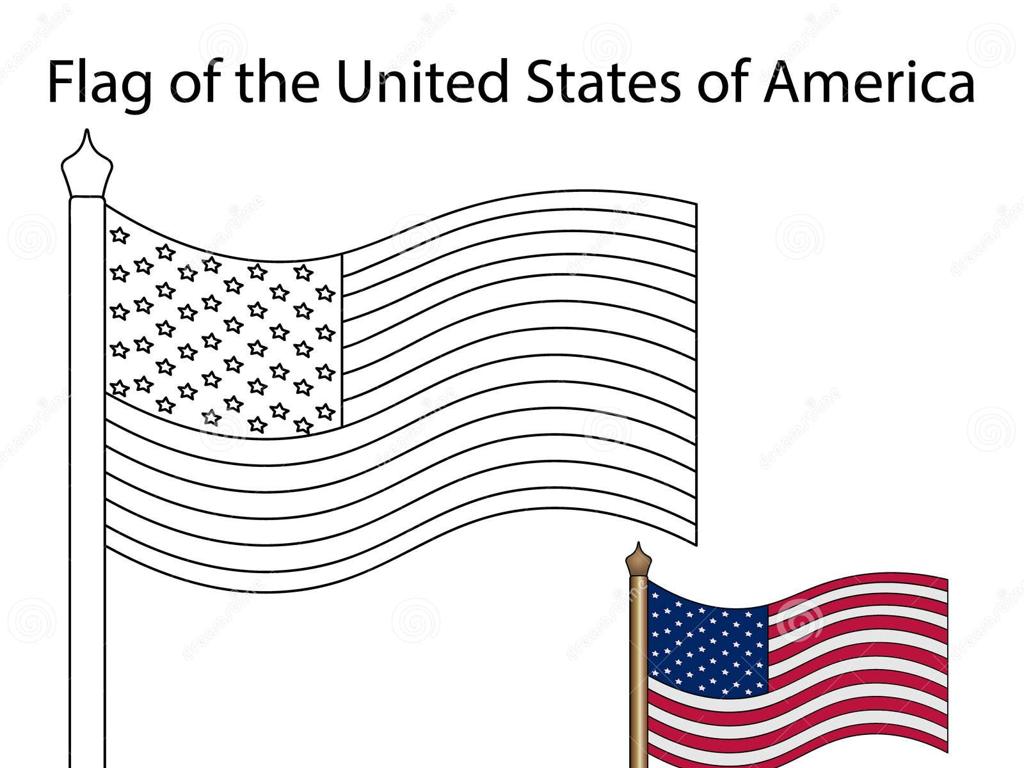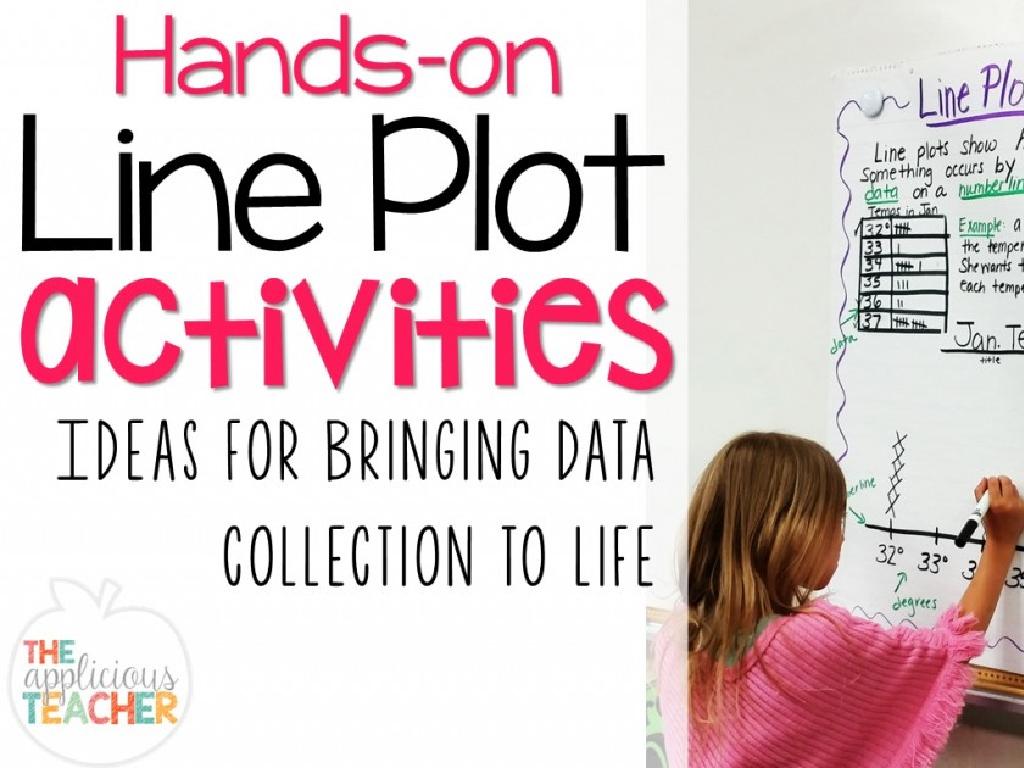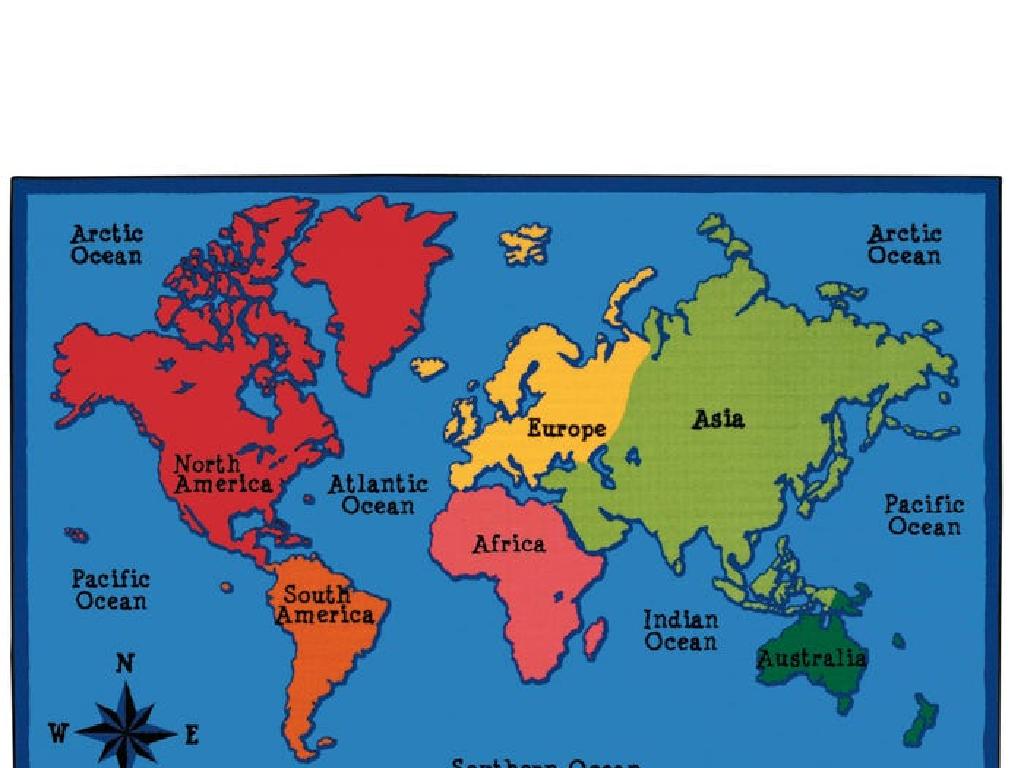The Constitution
Subject: Social studies
Grade: Fourth grade
Topic: Government
Please LOG IN to download the presentation. Access is available to registered users only.
View More Content
Today’s Adventure: The Constitution!
– The Constitution: Our Government’s Foundation
– It’s the set of rules that all leaders follow.
– The Constitution’s role in our country
– It shapes laws and protects our rights.
– Why the Constitution is important
– It keeps our country running fairly and smoothly.
– The Constitution: A living document
– It can change with new amendments as our country grows.
|
This slide introduces the Constitution as the cornerstone of the United States government. It is designed to help fourth-grade students understand the Constitution’s role in shaping our country’s laws and protecting citizens’ rights. Emphasize that the Constitution is a ‘living document,’ meaning it can be amended to adapt to new circumstances over time. Discuss its importance in ensuring a fair and functioning government. Encourage students to think of the Constitution as a rule book for the country, which everyone, including leaders, must follow. Use examples like the rules in a classroom or a game to make it relatable.
Understanding The Constitution
– The Constitution: Our rulebook
– It’s a document with important rules that everyone in the country follows.
– Guides how government operates
– Like instructions for a game, it tells the government how to do its job.
– Written over 200 years ago
– Created in 1787, it’s been guiding the U.S. for centuries.
– Foundation of U.S. laws
– All other laws are based on the principles it lays out.
|
The Constitution is the supreme law of the United States, established to govern the country effectively and fairly. It’s crucial for students to understand that the Constitution is like the ultimate rulebook that outlines the structure of our government, the powers of the different branches, and the rights of the citizens. It was written by the Founding Fathers in 1787 and has been amended several times to reflect the changing needs of the country. The Constitution also ensures that no law or action can go against the principles it sets, making it the foundation upon which all other laws are built. Encourage students to think of the Constitution as a guide that helps leaders make decisions that are good for everyone in the country.
The Preamble: Introduction to the Constitution
– What is the Preamble?
– The Preamble is the opening statement.
– Goals of the Constitution
– It outlines the reasons behind the Constitution.
– Reading the Preamble together
– Understanding its significance
– It sets the stage for the Constitution’s intentions.
|
The Preamble serves as the gateway to understanding the Constitution, setting forth the foundational principles that guide the rest of the document. It’s important to explain to the students that the Preamble is like an introduction to a book; it tells us what to expect in the chapters ahead. The goals mentioned in the Preamble include forming a more perfect union, establishing justice, and securing the blessings of liberty. When reading it together, emphasize the importance of these goals and how they apply to our government and daily life. Encourage the students to think about what each goal means to them and how it makes our country unique.
The Three Branches of Government
– Constitution creates government parts
– Three branches: Legislative, Executive, Judicial
– Legislative makes laws, Executive carries out laws, Judicial evaluates laws
– Each branch has different duties
– Balance of power among branches
– Ensures one branch doesn’t get too powerful
|
This slide introduces the concept of separation of powers as outlined in the U.S. Constitution, which divides the government into three branches to prevent any one group from gaining too much control. The Legislative branch is responsible for making laws and is made up of Congress. The Executive branch, headed by the President, implements and enforces laws. The Judicial branch, composed of the Supreme Court and other federal courts, interprets laws and decides if they are constitutional. Discuss with students how this system is designed to create a balance of power, with each branch having the ability to check the others, which is known as checks and balances. Provide examples of each branch’s responsibilities and how they work together to govern the country.
The Legislative Branch of the U.S. Government
– The Legislative Branch’s role
– It’s responsible for creating laws.
– Composed of Senate and House
– Senate has 100 members, House has 435.
– Laws affect daily life
– Think of traffic laws or school rules.
– Engage with a question
|
This slide introduces the Legislative Branch, one of the three branches of the U.S. Government, to fourth-grade students. It explains that the Legislative Branch is responsible for making laws that everyone in the country must follow. The branch is divided into two parts: the Senate, with two senators from each state, and the House of Representatives, with a varying number of representatives from each state based on population. To make the concept relatable, ask students to think of any law they already know, such as those related to traffic or school rules. This will help them understand how laws impact their everyday lives and the importance of the Legislative Branch in shaping those laws.
The Executive Branch of the U.S. Government
– Enforces the nation’s laws
– Like a school principal enforcing rules
– Led by the President
– The President is like the class president but for the whole country
– Supported by the Cabinet
– The Cabinet are advisors, like a team of teacher helpers
|
The Executive Branch is one of the three branches of the U.S. Government, and its primary role is to enforce the laws created by Congress. The President, who is similar to a class president but with much greater responsibilities, leads this branch. To help with these duties, the President has a group of advisors known as the Cabinet, which can be compared to a team of teacher helpers who each have their own area of expertise. It’s important for students to understand the structure of our government and the roles each branch plays. Use analogies that are relatable to fourth graders, such as comparing the President to a class president or the Cabinet to teachers, to help them grasp these concepts.
The Judicial Branch of the U.S. Government
– Interprets the laws
– Judges decide what laws mean and how they apply
– The Supreme Court’s role
– It’s the highest court with final say in legal disputes
– Ensures laws align with the Constitution
– They check if laws respect the Constitution’s rules
|
The Judicial Branch is one of the three branches of the U.S. Government and its main role is to interpret the laws. This means that judges in courts decide what the laws mean and how they should be applied in different situations. The Supreme Court, which is the highest court in the land, has the final say in legal disputes. One of its most important responsibilities is to ensure that laws do not go against the Constitution, which is the supreme law of the United States. When teaching this to fourth graders, use simple examples to illustrate how a court works and how the Supreme Court can decide if a law is fair or not by comparing it to the rules in the Constitution.
The Bill of Rights
– First 10 amendments overview
– The Bill of Rights are the first changes made to the Constitution.
– Protects individual freedoms
– They ensure our personal liberties are respected.
– Freedom of speech and religion
– These include expressing ourselves and choosing our religion.
– Discuss our important rights
|
The slide introduces the Bill of Rights, which are the first ten amendments to the U.S. Constitution. These amendments are crucial as they guarantee fundamental freedoms and legal protections to individuals. Emphasize the importance of freedom of speech and religion as examples of these protections. Encourage students to think about and discuss rights that they believe are important in their lives. This discussion can help them understand the relevance of the Bill of Rights today. The activity will also help in developing their critical thinking and understanding of their own freedoms.
How a Bill Becomes a Law
– A bill starts as an idea
– Congress must approve the bill
– Both the House and Senate must agree
– The President’s approval is needed
– If the President agrees, it becomes law
– Let’s make our own class bill!
– We’ll vote to make a classroom rule
|
This slide introduces the process of how a bill becomes a law in the U.S. government, simplified for a fourth-grade audience. Begin by explaining that a bill is a proposal for a new law, which can come from many sources, including citizens. Emphasize the importance of approval by both the House of Representatives and the Senate, which are the two branches of Congress. Discuss the President’s role in signing the bill into law or vetoing it. For the classroom activity, guide students to think of a rule they would like to implement in the classroom. They will draft their idea (bill), discuss it, and hold a class vote to ‘pass’ the bill, mirroring the federal legislative process. This activity will help them understand the concept of democracy and the legislative process in a practical and engaging way.
Class Activity: Create Your Own Amendment
– Imagine adding an amendment
– Decide on your amendment’s purpose
– Think about changes you want in school or community
– Collaborate in groups to write it
– Discuss with your group and choose the best idea
– Share your amendment with the class
– Present your idea and explain why it’s important
|
This activity is designed to engage students with the concept of amendments and the democratic process. Students will use their creativity and understanding of their own community or school to imagine a new amendment. Teachers should guide the students to think about what changes they would like to see and why those changes are important. Encourage them to consider fairness, benefits to the community, and how their amendment could improve people’s lives. After writing their amendments, each group will share their ideas with the class, providing a platform for discussion and understanding the value of each proposed change. Possible activities could include drafting a bill of rights for the classroom, creating posters of their amendments, or even a mock voting session on the proposed amendments.






